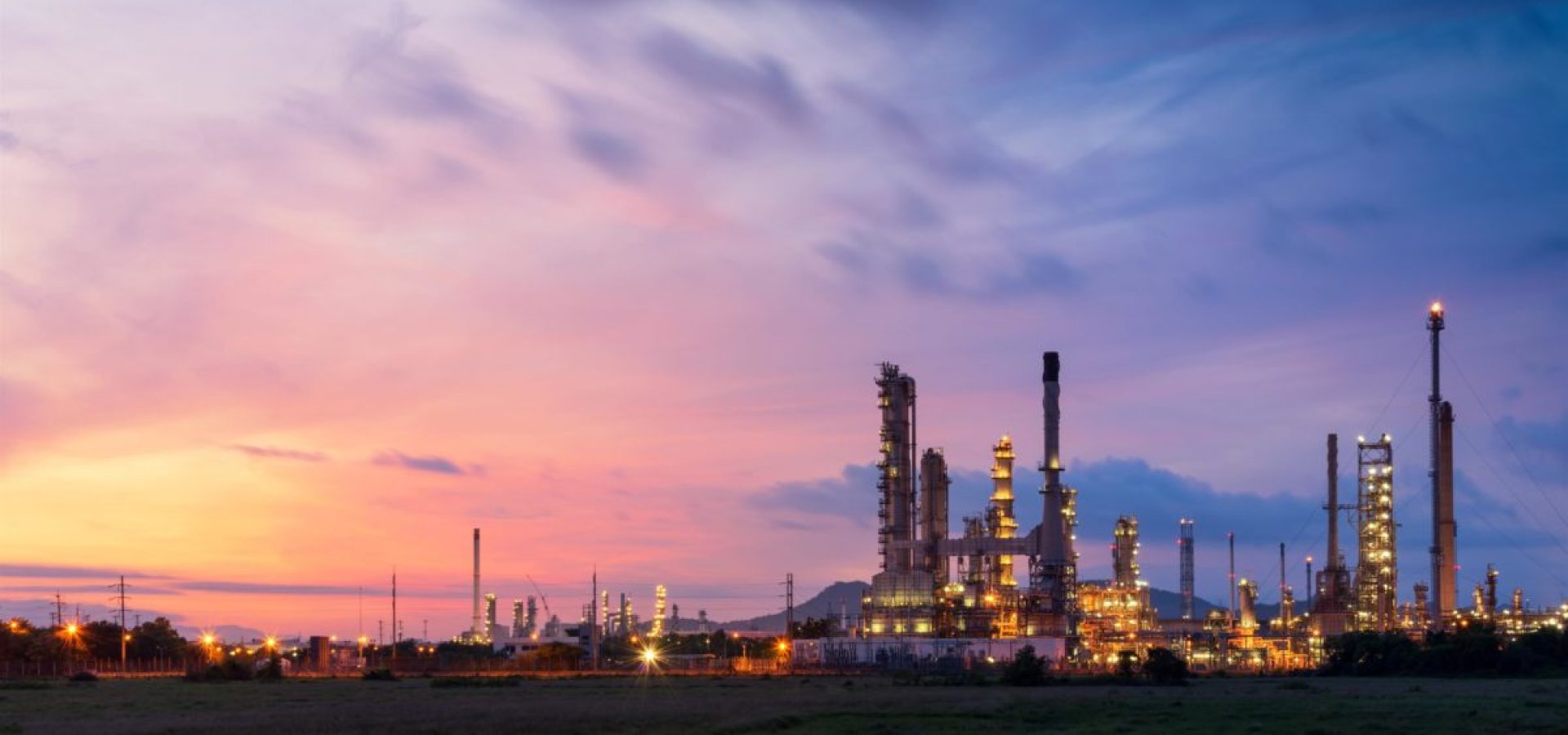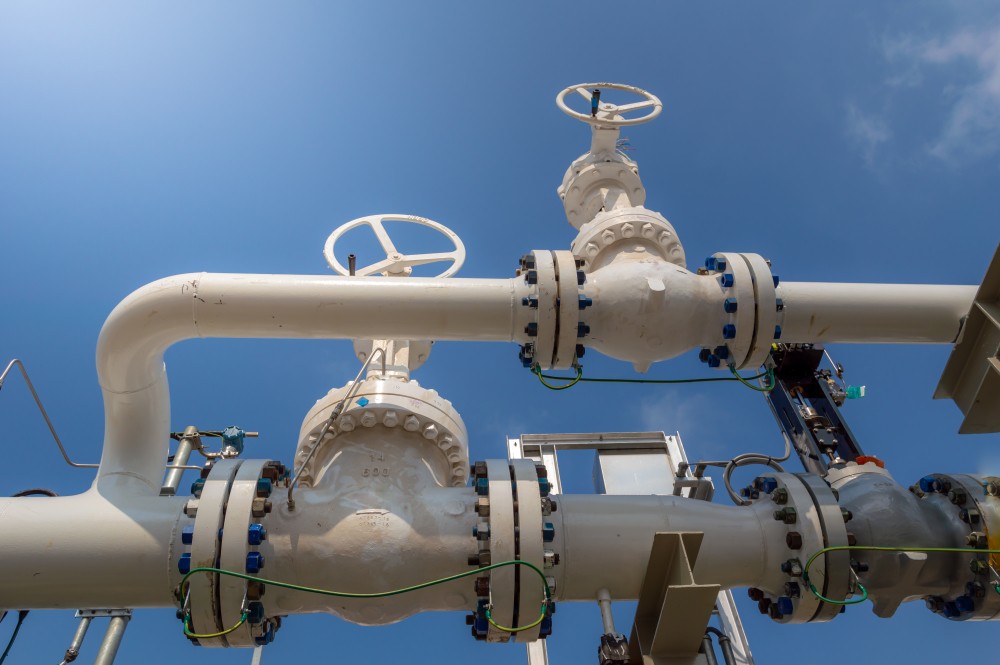Oil prices rose in European trade for the second day on Friday, heading for six-week highs and the second weekly profit in a row due to a positive outlook for Chinese fuel demand.
Earlier US data showed an inventory buildup for the third week in a row, indicating negative demand in the US.
The price of US crude rose 0.9% to $81.49 per barrel. Meanwhile, Brent rose 1% to $87.08 per barrel, with a session low of $86.18.
On Thursday, US crude rose 2.2%, resuming earlier gains after a brief pause due to profit-taking off six-week highs of $82.35.
Brent rose 2.1% after resuming gains from December 5 highs of $87.81.
This week, global oil prices in the United States are up 2%. The prices are on track for their second weekly profit.
According to the International Energy Agency, lifting COVID-19 restrictions in China is expected to drive global demand to new highs this year.
OPEC anticipates improved demand in China following the relaxation of COVID-19 restrictions.
China’s crude oil imports increased 4% year on year in December, boosted by increased travel during the lunar new year.
Analysts note that increased traffic in China accompanies the relaxation of COVID-19 restrictions, increasing fuel demand and prices.

What Is Germany’s Position on Gas Supply?
The de facto end of Russian gas supplies to Western Europe has hit Germany the hardest. A warm winter and overflowing gas caverns have at least given Europe’s top economy a reprieve. However, it is too early to call it safe. After the Russian invasion of Ukraine and the subsequent reduction in gas supplies, Germany launched a multi-pronged strategy to curb demand and find alternatives. In late August 2022, the Nord Stream 1 pipeline will be shut down.
Germany is receiving more pipeline gas from neighboring Europe and Norway. It is purchasing liquefied natural gas (LNG) through existing European terminals and building new LNG terminals along German coastlines, all while saving gas.
Gas stocks are 89,25% full, enough to get Germany through the end of March, even in a prolonged cold spell. Re-filling will begin in the April to September storage season.
By the end of 2022, state-owned lender KFW.UL, the financial stabilizer of Germany’s energy sector, has spent 17B euros on filling gas wells, 4B on LNG purchases, and 9B on non-Russian sources to buy natural gas.
Germany has rapidly advanced four floating storage and LNG regasification units (FSRU). There are six such facilities in operation or planning, five chartered by Berlin. The current winter season is mild, but meteorologists can’t predict temperatures accurately for more than two weeks, let alone 12 months. This fact creates uncertainty about where gas stocks will be at the end of March.









COMMENTS